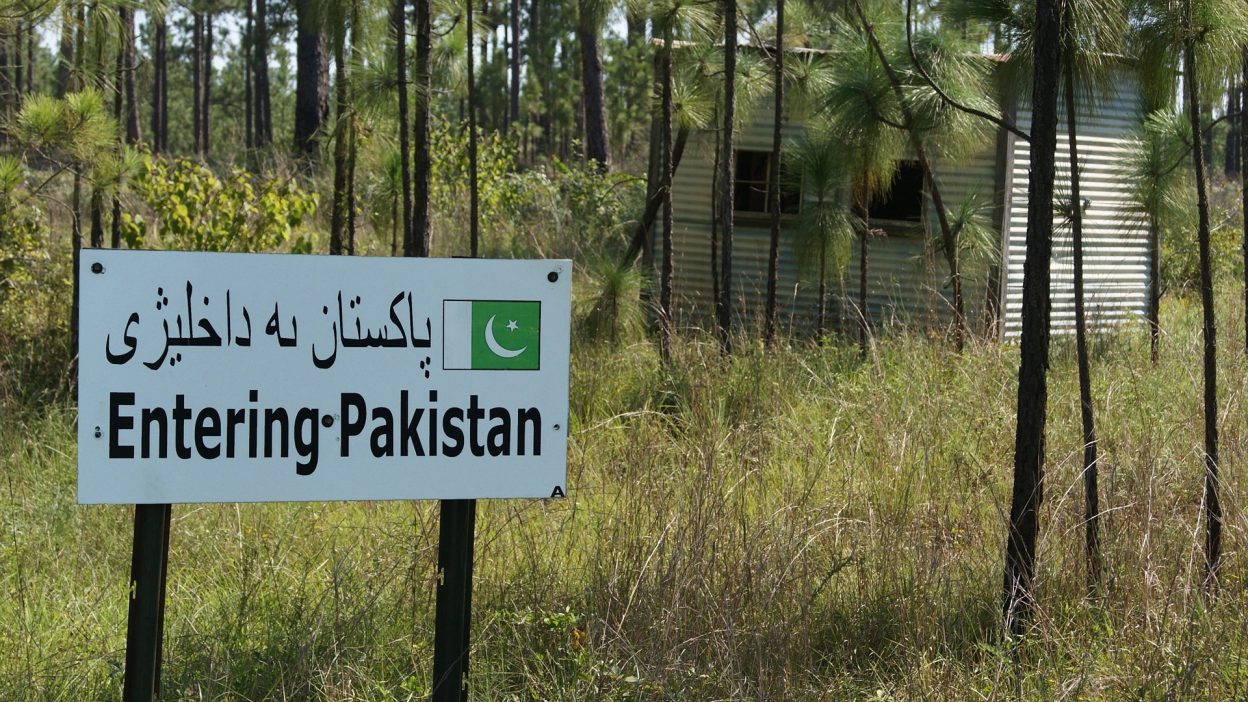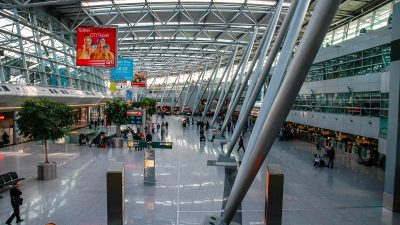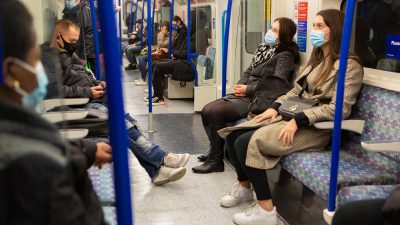Discover which countries are currently deemed the most dangerous for travellers due to political unrest, high crime rates, and other safety concerns. This comprehensive guide will help you make informed decisions before your next adventure.
While travelling the world offers countless enriching experiences, it’s essential to stay informed about the risks that certain destinations pose. Some countries are considered more dangerous due to ongoing conflicts, high crime rates, or political instability, making them risky for tourists. Understanding the dangers before booking a trip is crucial to ensure your safety. In this blog, we explore some of the world’s most dangerous countries for travellers, outlining why these places are unsafe and providing guidance on how to make safe travel choices.
1. Pakistan – A Nuclear State with Security Challenges
Pakistan faces significant security challenges, making it a dangerous place to live and visit. The country struggles with high crime rates, including kidnappings for ransom, extortion, and drug trafficking. Law enforcement is often weak, and the judicial system is plagued by corruption, allowing criminals to operate with impunity. Women face serious threats, including sexual violence, harassment, and honor killings, with many cases going unpunished due to societal and legal shortcomings. Businesses are frequently targeted by criminal groups and influential elites who seize assets through illegal means. Additionally, terrorism and sectarian violence remain concerns in various regions. The lack of strict law and order creates an environment of fear and instability for both residents and visitors.
2. Syria – Civil War and Ongoing Conflict
Syria’s civil war, which began in 2011, has devastated the country, leaving much of its infrastructure in ruins. With continued violence, airstrikes, and terrorist attacks from extremist groups, Syria remains a high-risk destination. While some areas have experienced a semblance of stability, the threat of landmines, militia groups, and terrorism makes it highly dangerous for travellers. The US, UK, and other European nations have issued travel advisories warning citizens against entering Syria.
3. South Sudan – Political Instability and Armed Conflicts
Since gaining independence in 2011, South Sudan has been plagued by civil war, ethnic violence, and a breakdown of law and order. The violence, combined with a lack of basic infrastructure and healthcare, makes it incredibly dangerous for travellers. Many areas are controlled by armed factions, and there is a high risk of kidnapping, assault, and violence. The ongoing conflict means that the country is unsafe, especially in rural or isolated regions.
4. Yemen – Civil War and Humanitarian Crisis
Yemen has been at the centre of a brutal civil war for years, with the Houthi rebels fighting against the Saudi-led coalition. The conflict has led to widespread destruction, famine, and disease outbreaks, making it one of the most dangerous places for travellers. The risk of being caught in airstrikes, bombings, and ground conflicts is high. Furthermore, Yemen’s healthcare system has collapsed, and basic supplies are scarce. Many governments advise against all travel to Yemen.
5. Somalia – Terrorism and Violent Crime
Somalia remains one of the world’s most dangerous countries due to a combination of terrorism, piracy, and armed conflict. The terrorist group Al-Shabaab regularly carries out bombings and attacks in major cities, while the ongoing civil conflict has made large areas unsafe for both locals and foreigners. Kidnapping, armed robbery, and violent crime are common, particularly in less secure regions. Travelling in Somalia is highly dangerous, and most countries, including the UK and US, strongly warn against visiting.
6. Central African Republic – Armed Conflicts and Violence
The Central African Republic (CAR) has suffered from long-term political instability and violent conflict between government forces and rebel groups. The presence of armed militias and widespread violence make the country unsafe for tourists. Civilians are frequently targeted by armed groups, and there is a risk of robbery, assault, and even kidnapping. The lack of infrastructure and the inability of the government to maintain control over many areas further exacerbate the danger.
7. Iraq – Terrorist Attacks and Civil Unrest
Although Iraq has made some progress in stabilising, it remains highly dangerous due to frequent terrorist attacks, including bombings and armed assaults. ISIS and other extremist groups still operate in certain parts of the country, particularly in northern and western Iraq. The risk of kidnapping, assassination, and violent civil unrest is high. The lack of adequate healthcare, unreliable infrastructure, and the general security situation make Iraq unsafe for travellers.
8. Democratic Republic of Congo (DRC) – Armed Conflict and Disease
The Democratic Republic of Congo is plagued by political instability, armed conflicts, and the ongoing presence of armed militias in various regions. Areas such as the Kivu region have seen regular clashes between government forces and rebel groups, putting locals and tourists at risk of violent crime, kidnappings, and assaults. In addition, the DRC has faced numerous outbreaks of Ebola and other infectious diseases, further complicating travel to the region. Many governments warn against travel to large parts of the DRC due to these hazards.
9. Venezuela – Political Instability and High Crime Rates
Venezuela is currently in the midst of a deep political and economic crisis, leading to widespread protests, shortages of food and medicine, and a skyrocketing crime rate. The country’s instability and the lack of a functioning law enforcement system have made it a dangerous destination for travellers. Mugging, robbery, and violent crime are prevalent in major cities like Caracas. Additionally, Venezuela has been experiencing power outages, transportation issues, and a collapsing healthcare system.
10. Mali – Terrorism and Armed Conflict
Mali has been experiencing ongoing unrest and armed conflicts since 2012, with terrorist groups like Al-Qaeda operating in the northern regions. Despite peacekeeping efforts, the country remains unstable, and much of its territory is controlled by rebel factions. Kidnapping, violent crime, and the risk of terrorism make Mali a high-risk destination. The lack of infrastructure and medical services further complicate travel to this region.
11. Haiti – Political Unrest and Crime
Haiti has been grappling with political instability, social unrest, and a high crime rate. The situation worsens due to the inability of local law enforcement to manage crime in certain areas. The country has seen violent protests, gang violence, and kidnappings targeting both locals and foreigners. While popular tourist areas may be somewhat safer, the overall situation remains dangerous, and many governments issue travel warnings for Haiti.
12. Libya – Ongoing Civil Conflict and Security Threats
Since the fall of Muammar Gaddafi, Libya has been in a state of political chaos and civil conflict. Various armed groups vie for control, and the risk of being caught in crossfire or subject to terrorist activity is high. Kidnapping, robbery, and other violent crimes are widespread. Libya’s unstable security situation, combined with the lack of a reliable medical system, makes it a dangerous country for travellers.
13. Sudan – Armed Conflicts and Humanitarian Crisis
Sudan has experienced decades of internal conflict and political instability, including the recent violence in Darfur and South Kordofan. The country’s civil unrest and the presence of armed militias make it unsafe for tourists. Travel is particularly dangerous in areas far from the capital, Khartoum, where conflicts are ongoing. Furthermore, Sudan faces a humanitarian crisis, with many regions lacking basic supplies and medical care.
14. North Korea – Restrictive Government and Unpredictable Security North Korea, ruled by a repressive regime, is not typically considered a dangerous destination for tourists in terms of physical violence, but the country’s oppressive government and the risk of detention or harassment are significant concerns. The government strictly controls tourism, and foreigners must travel with an official tour guide. Any perceived violation of the country’s laws could result in arrest or imprisonment. Moreover, the isolated and unpredictable nature of the regime makes North Korea a risky destination for travellers seeking freedom or safety.




